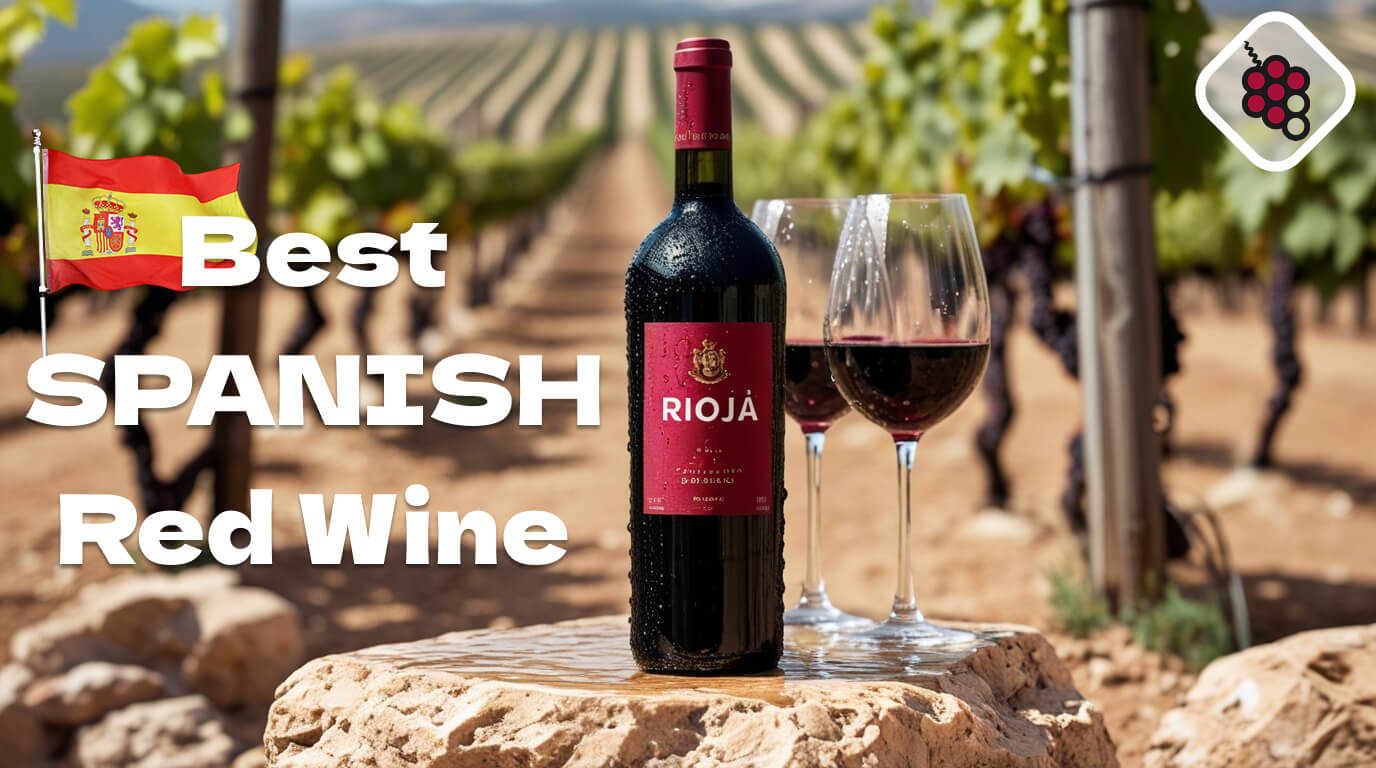
Spain is a country with an ancient wine-making history and is home to some of the greatest wine regions in the world. Spanish red wines from Rioja and Ribera del Duero are only matched by the likes of the mighty Italian Barolo and Bordeaux reds. Spain grows more vines than any other country in the world and is only topped by Italy and France in terms of the volume of wine produced.
It can be hard to break into the world of Spanish red wine, as pretty much every region of the country produces wine to some extent. There are a lot of different names to remember when perusing the labels, whether you’re shopping online or in a store. We’re here to help you with that. Read on to discover Spain’s most important regions and sub-regions and what makes each of them different. We’ll also recommend some of the best Spanish wines that are available from each region, right now.
Best Spanish Red Wines by Region
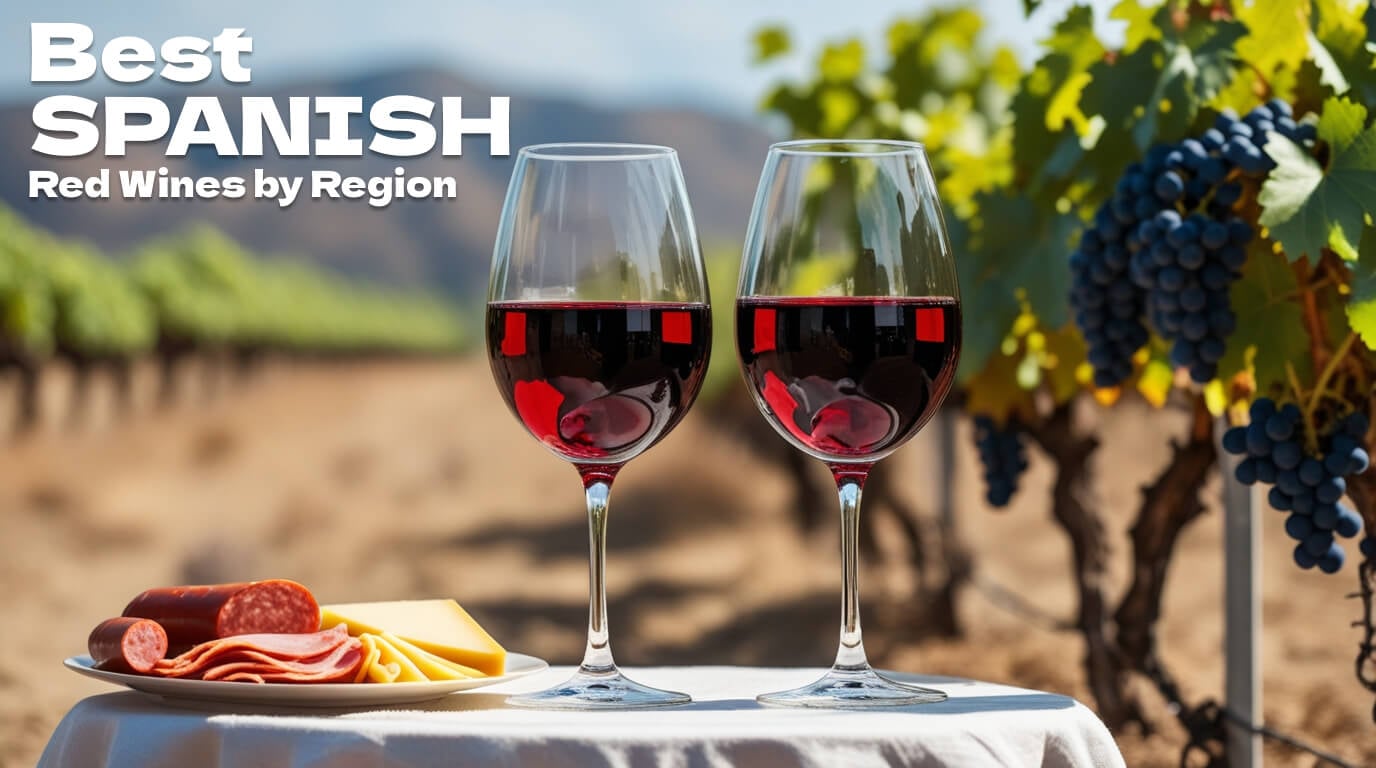
- Ribera del Duero
- Rioja
- Castilla y Leon
- Galicia
- Catalonia
- Priorat
- Bierzo
- Castilla-La Mancha
- Aragon
- Navarra
Ribera del Duero Region
Ribera del Duero is a famous appellation for Spanish red wine, found within the northern region of Castilla y Leon. It has been awarded Spain’s second-highest wine classification (DO) and boasts a perfect cocktail of geographical features for top-quality wine.
The appellation sits on an elevated plateau, which the Duero river runs through. There must be something magical in the water because it also provides for one of Portugal’s greatest wine regions, Douro Valley. Two huge mountain ranges provide shelter and have helped to create a dry terroir, with extreme temperature changes between night and day. Keep an eye out for this great value Parajes de Callejo, made from 87% Tempranillo, 9% Garnacha and 4% Albillo Mayor. Such wines are always aged in used oak for at least a year, so you can enjoy them immediately. For something meatier and more serious, consider this Dominio del Aguila Reserva. It’s a majority Tempranillo blend that you can invest some time into, and is rated extremely highly.
Rioja Region
Rioja is the most esteemed Spanish red wine region by far. It’s slightly further north than Ribera del Duero and famed for its bold, smokey and tannic red wines. It is distinct for being the first region in Spain to be awarded DO status, and in 1991, it became the first region to achieve DOCa status too, which is the highest in Spain.
The region has a variety of soils and is protected from the Atlantic Ocean by The Cantabrian Mountain Range. Rioja wines are often blends made from a majority Tempranillo, with smaller parts of native Spanish wines, like Garnacha.
If you want to try a great value Rioja, we recommend this Reserva from La Rioja Alta. However, to truly experience how good Rioja can get, you must try a Gran Reserva. Gran Reserva’s are wines from outstanding vintages and age for longer in oak than any other Spanish red wines. La Rioja Alta is a great name to look out for while shopping, and we highly recommend their Gran Reserva 890 too. It is packed with dark fruits and scorched earth flavours, and you can easily keep it in the cellar for another 20 years.
Castilla y Leon Region
Castilla y Leon is the wider region that contains Ribero del Duero, as well as the appellations of Bierzo, Toro and Rueda. It’s the largest region in the country and is dominated by the Tempranillo grape. The climate is generally warm and dry here during the growing season, thanks to the cover provided by the Cantabrian Mountains.
To try a good Spanish red wine from this region at a lower price, look out for this red blend from Mauro VS. It’s lush and surprisingly floral, with welcome notes of rose petals.
The only place in Castilla y Leon where Tempranillo doesn’t prevail is Bierzo. This appellation is home to our top-rated recommendation. Ultreia Valtuille, produced by Raul Perez, is a terroir-driven wine made from the lesser-known Mencia grape. Medium-bodied with notes of dark plum and strong minerality, Mencia is a beautiful way to start exploring some native Spanish red wine varietals.
Galicia
Galicia is the northwestern portion of Spain, exposed to the Atlantic Ocean. While it is sunny, it also has the most rainfall of any region in the country. Many Spanish red wine grapes struggle to ripen here, but there are some amazing success stories too.
Being so close to the northern parts of Portugal, there are some overlaps between Galician and Portuguese wine cultures. This is an excellent wine by Bodegas Ordonez, made from a popular grape called Tempranillo.
Our second Galician recommendation is a Mencia wine, Lousas Vina de Aldea. This is produced in limited volumes, by one of Galicia’s oldest wineries.
Catalonia Region
On Spain’s opposite coast, Catalonia is distinguished from other regions by the diversity of its wine. They grow some distinctly Spanish red wine grapes here, such as Monastrell and Tempranillo, but the Bordeaux influence is also strong.
The most famous red wine appellations in Catalonia are Monsant and Priorat, which experience a sunny, Mediterranean climate. Grenache and Carignan excel here and form the basis for both of our recommendations. Plaer is a wine from Priorat at a very reasonable price, bursting with concentrated fruit flavours and lush tannins. It’s perfect for those who want to taste one of Catalonia’s most esteemed sub-regions.
An even higher-rated option is this stunning Kosher wine, Peraj Ha'Abib. It’s made from Grenache, Carignan and Cabernet Sauvignon grapes sourced from Monsant, and shows bold flavours coupled with an elegant structure.
Priorat Region
If you're curious about the mineral wines of Priorat, start with the Terroir Al Limit Terra de Cuques Negre. It's made from Carignan and Grenache, two grape varieties that thrive in the region's steep, rocky vineyards. The wine offers plenty of dark fruit, spice, and a touch of earthiness due to the rugged terrain.
The region’s climate plays a big role in shaping these powerful yet elegant wines. Hot, dry summers and cool nights help the grapes ripen fully while maintaining freshness and acidity. For your next bottle, try Mas Martinet Clos Martinet - a blend of Grenache, Carignan, Syrah, Merlot, and Cabernet Sauvignon. It’s a great example of how Priorat can balance intensity with finesse.
Bierzo Region
If you haven’t explored the wines of Bierzo yet, it's time to start with these beauties, and Michelini i Mufatto A Merced is the perfect introduction. Made from the local red grape Mencía, this wine is fresh, vibrant, and full of character. Bierzo, in the mountainous northwest of Spain, benefits from a unique mix of Atlantic freshness and continental warmth.
To go deeper into what this region can offer, try Veronica Ortega ROC Mencía. Grown on slate hillsides, this wine shows a more structured, mineral side of Mencía, with plenty of red berries, herbs, and spice. Bierzo’s diverse microclimates and old vines vineyards make it one of Spain’s newest and most exciting places to explore for red wine lovers today.
Castilla-La Mancha Region
Castilla-La Mancha is a mercilessly hot region, covering a large area just south of Madrid. It’s a region for tough grapes, so red varietals are the most popular. You can find plenty of Spanish red wine varietals, such as Bobal, Grenache and Monastrell, but robust Bordeaux grapes like Cabernet Sauvignon and Petit Verdot are also planted under the scorching sun.
To try a true Spanish gem, we recommend this Bobal-based wine from Bodegas Ponce. It is one of the best-rated expressions of this native grape that you can buy, and since Bobal is not widely known, it can be your secret.
For a taste of how Garnacha Tintorera and Moravia Agria grapes can flourish in the right terroir, this Albahra from Envinate is well worth considering. In the baked earth of Castilla-La Mancha, these grape varieties reveals notes of juicy blackberry and a deep herbaceousness.
Aragon Region
Aragon is located in the central part of northern Spain. Its climate is generally continental, and as it stretches into the Pyrenees, it boasts some high-elevation vineyards. Aragon is the probably birthplace of the Grenache (or Garnacha) grape, so to keep things as authentic as possible, keep an eye out for Aragonian Grenache.
One that we highly recommend is this Telescopico Garnacha from Bodegas Frontonio. Its fruits were grown at approximately 1000 metres above sea level, making for a potent, complex wine that combines quality with great value.
Navarra Region
The region of Navarra is found in Spain’s bountiful northern side and is home to a wide variety of Spanish red wine styles. Dessert wines are made here, and Grenache excels in the region's rosé wines. It has several geographical factors that tone down the natural Mediterranean heat. The River Ebro flows through the region and the Atlantic Ocean is nearby - both bodies of water provide a slight cooling effect. The Pyrenees Mountain Range also lies slightly to the north, forming a natural shelter.
To begin exploring Navarra, we recommend this offering from Raul Perez. El Terroir is a Grenache of superb quality, exploding with notes of strawberry and cherry, and perfect for some long-term cellaring.
Google FAQs about Spanish Red Wine
-
What is a Spanish red wine called?
Tempranillo is the most popular Spanish red wine varietal by far. It's used to make famous wines such as Rioja and Rioja Gran Reserva, which have become almost synonymous with Spanish red wine. There are also many examples of alternative Spanish names for international grapes, such as Garnacha instead of Grenache, or Monastrell instead of Mourvedre. Sparkling wine is also called Cava in Spain.
-
What are Spanish reds?
Examples of Spanish red wine grapes are Tempranillo, which is used to make Rioja and Ribero del Duero. There is also Garnacha (Grenache), Monastrell (Mourvedre), Cariñena (Carignan), Bobal, Mencia and Manto Negro.
-
Why is Spanish wine so good?
Spain has had a long time to perfect the art of making wine. It is believed that the Phoenicians brought the tradition of wine-making to Spain as early as 1000BC. Spain also has a range of fantastic climates for growing grapes. In some parts, such as Castilla-La Mancha, it is extremely continental - dry and hot in the summer and very cold in the winter. In other parts, such as Galicia, it is wet, sunny and green. The result of this diversity is a wide variety of grapes being grown in their ideal micro-climates, which makes for excellent wine.
Spain has some of the best red wine regions on the planet. It boasts some truly excellent terroir for cultivating red wine grapes and a depth and variety of grapes that are well worth exploring. By now, we hope you feel slightly better informed and ready to take the plunge into the world of Spanish red wine.








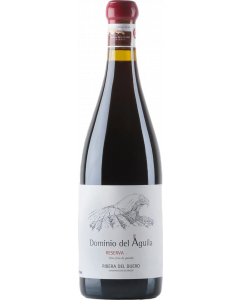
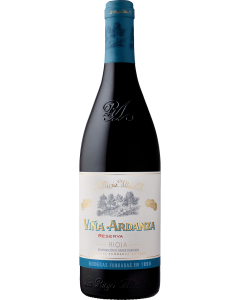
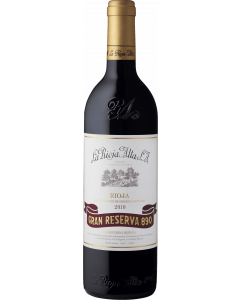
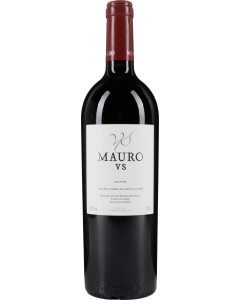



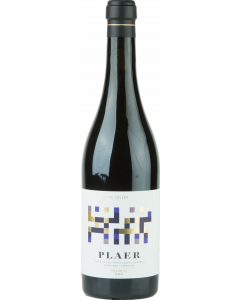

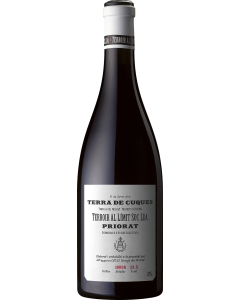
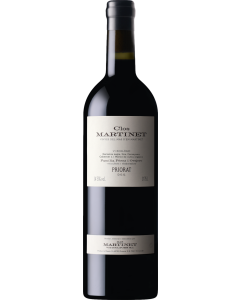
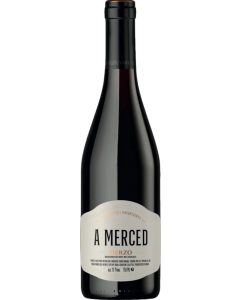
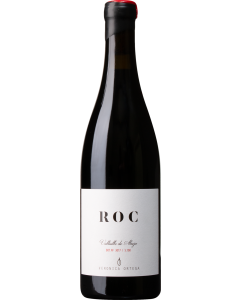
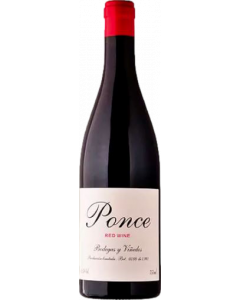
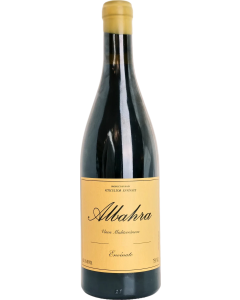

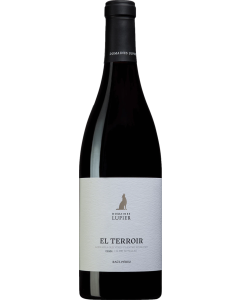



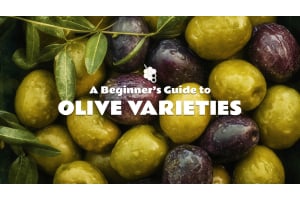
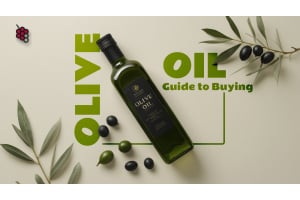
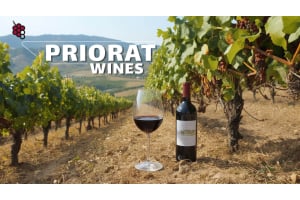



Good selection, fair pricing, and accurate delivery times.